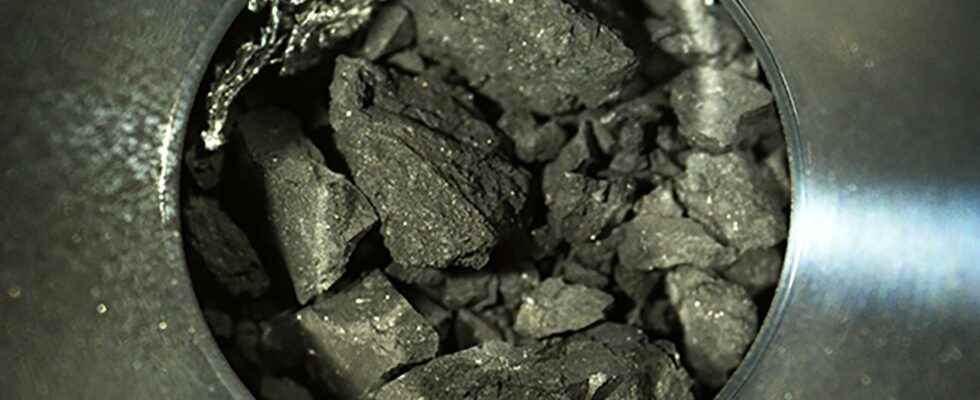full screen
Next
Gravel from the asteroid Ryugu, photographed under a microscope. Stock Photography.
1 of 2Photo: Japan’s space agency Jaxa via AP / TT
Scientists have found amino acids in gravel from an asteroid that is hundreds of millions of kilometers from Earth.
The Japanese spacecraft Hayabusa-2 landed on the asteroid Ryugu in 2019, after five years of travel and several revolutions in orbit around the sun. It took samples of gravel on its surface and sent them back in a capsule to the ground. The capsule landed the following year and the samples are the first of rocks from the surface of an asteroid that humans have been able to examine.
All in all, it’s about a few grams of gravel. More than 20 different kinds of amino acids have now been found there, reports the Japanese news agency Kyodo.
Amino acids are building blocks of protein and are essential for the creation of life. The hope is that these studies will provide new answers about exactly how life in the universe arises.
It is not known how amino acids originated on or came to Earth, but a common theory is that they have come up with meteorites that have crashed here.
Thirteen years ago, scientists found the amino acid glycine in samples collected by a US space probe from a passing comet.
In the so-called Murchison meteorite, a 100-kilo rock that crashed into parts of Australia in 1969, scientists have found, among other things, amino acids with a composition that shows that they do not originate on Earth but are probably united in interstellar space.
